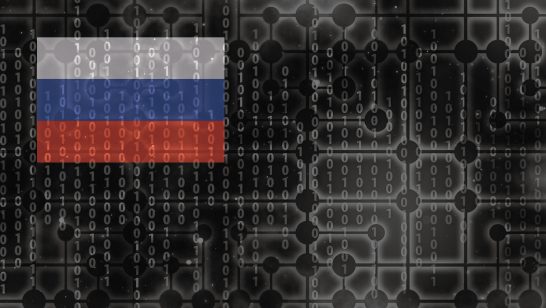
This paper is one of four bibliographies commissioned by the ELN on Chinese, French, Russian, and British perspectives on AI integration in nuclear decision-making, from a range of nongovernmental experts. It is part of the ELN’s project “Examining the impact of artificial intelligence on strategic stability: European and P5 perspectives”.
This paper seeks to collect, annotate, and provide a preliminary analysis of the growing Chinese-language literature on AI-related open-source platforms and databases, as well as of key official documents and statements on the topic, in order to systematically present Chinese perspectives on AI and its military applications, including nuclear command and control (C2) and decision-making.
In the field of emerging and disruptive technologies (EDTs), China is considered a serious competitor in artificial intelligence (AI). It is, in fact, becoming a world leader in commercial applications of AI, such as facial recognition, speech technology, financial technology (fintech), research publications and patents, and deep learning. The development of AI in the civilian sphere, which can be adapted for military purposes due to its dual-use nature, plays a key role in advancing AI innovation in China. In order to apply AI in military practice, China has long practised what it calls ‘military-civil fusion’. It is therefore important to focus on the development plan and policy documents surrounding AI in both the civilian and military domains. Chinese interests in military applications of AI include C2, decision making, and autonomous nuclear weapons systems. These developments reflect the Chinese Government’s recognition of the likely economic and security impact of AI in the coming decades, as the strategic rivalry between the great powers intensifies.
The paper begins with a brief overview of the existing Western discussion of AI-enabled nuclear C2, decision-making, and their benefits and risks. This sets the scene against which the collected Chinese literature will be divided into several areas for analysis. Specifically, the paper will:
- Provide a general overview of Chinese perspectives on AI and its military applications in C2 and decision-making, as well as the associated benefits and risks.
- Identify, annotate, and analyse Chinese publications that focus specifically on AI’s integration into nuclear C2, decision-making, and autonomous use.
- Explore Chinese discussions on major developments and trends in major nuclear powers’ AI research and military application on both C2 and decision-making, with a particular focus on nuclear weapon systems.
- Review Chinese perspectives on its own role in mitigating the risks involved in military applications of AI technology, including interest in developing a common understanding of what a responsible, reliable and transparent AI-enabled C2 platform means through consultation and arms control negotiations with other P-5 members.
- Summarise Chinese perspectives on the roles of other major actors in mitigating risks from military applications of AI technology.
- Examine, where possible, the convergent and divergent perspectives from the officials and expert community in China on the military application of AI technologies.
The opinions articulated above represent the views of the author and do not necessarily reflect the position of the European Leadership Network or all of its members. The ELN’s aim is to encourage debates that will help develop Europe’s capacity to address the pressing foreign, defence, and security policy challenges of our time.
Image: Pixaby composite




